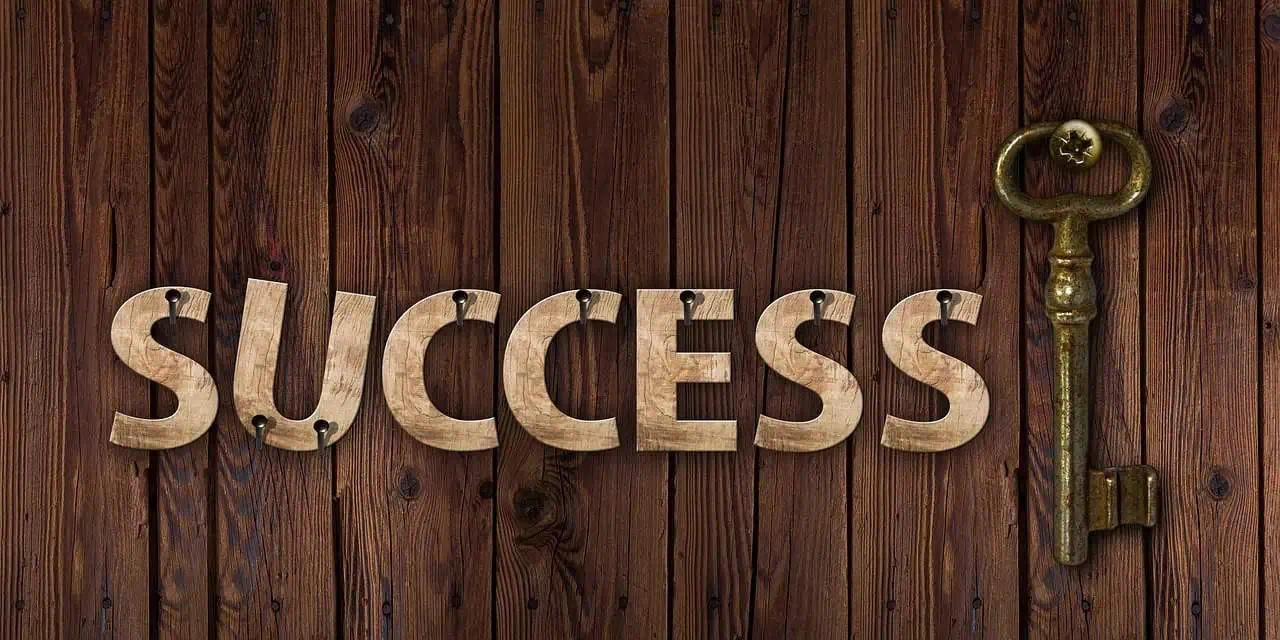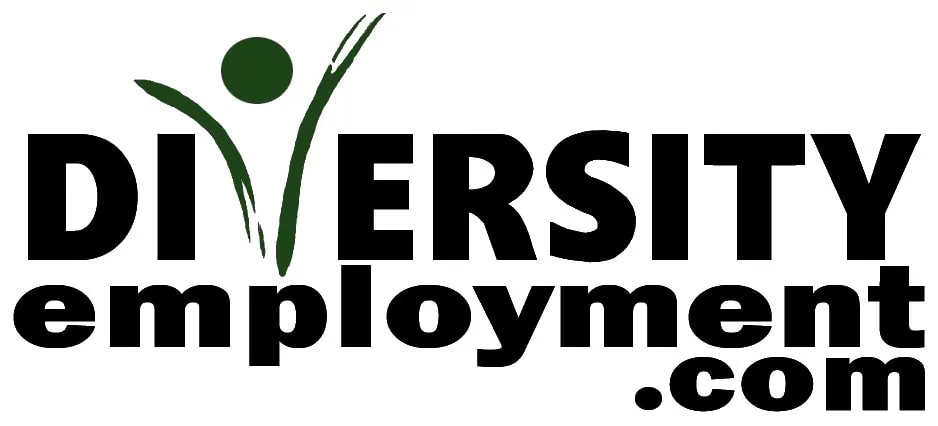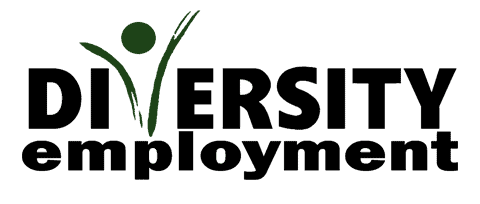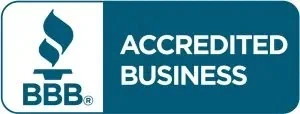
By The Diversity Employment Team - Published on: April 17, 2024
Job Application Strategies for Success: From Start to Finish
Table of Contents
Introduction
Stepping into the job market can feel like venturing into uncharted waters. The process might seem daunting, especially for diverse candidates and entry-level job seekers. But fear not! With the right job application strategies, your journey can lead to success. This guide is your compass. It’s crafted to help you navigate through the complexities of job applications. We’ve got you covered, from crafting your resume to interviewing and handling job offers. And we’ll do it all while considering the importance of diversity and inclusion.
So, whether you’re searching for your first job or looking to make a meaningful change, this guide is for you. We’re here to support and empower you every step of the way. With our insights and tips, you’ll build confidence and learn how to showcase your unique qualities.
Ready to begin? Your adventure towards a rewarding career starts now. Welcome to your job application strategies guide.
Understanding Today’s Job Market
Understanding the job market is the first step toward career success in today’s fast-paced world. Here’s what you need to know:
- Industry trends are constantly shifting. Stay informed by reading reports and following relevant news sources.
- Salary benchmarks help you know your worth. Websites like the Bureau of Labor Statistics (BLS.gov) offer up-to-date salary data.
- High-demand skills make you a more attractive candidate. Learning platforms and education websites can guide your skill enhancement.
Moreover, in today’s diverse world, workplaces are prioritizing inclusivity. So, it’s not just about landing a job; it’s about finding a place where you can thrive.
Consider the impact of tech advancements on the job market. Automation and AI are changing the landscape, pushing for a workforce skilled in digital technologies. Adapting to these changes is crucial. Always be prepared to learn and grow.
Building Your Foundation
Starting strong is critical to successful job applications. This means creating a solid foundation with your resume and cover letter.
Crafting a Professional Resume
Your resume is your chance to shine. Here’s how to make it count:
- Tailor it for the job you’re applying to. Highlight experiences and skills that match the job description.
- Keep it clear and easy to read. Use headings, bullet points, and short sentences.
- Include the results of your work, not just descriptions. Use numbers to show your impact.
Showcasing diversity in your resume can set you apart. Share experiences that display your ability to work in diverse teams and adapt to various environments.
Writing a Cover Letter That Stands Out
A cover letter is your opportunity to tell your story:
- Be genuine. Express your passion for the role and how your background makes you a great fit.
- Connect the dots between your experiences and what the job requires. Show how you can add value.
- Keep it concise. Aim for a few short paragraphs, focusing on your strengths and unique qualities.
Your resume and cover letter are crucial for your job application strategies. They lay the groundwork for your job search and help you stand out in a crowded field. So, put in the time to make them reflect your best self.
Mastering Job Search Techniques
Finding the right job takes strategy. Here’s how to enhance your search:
Exploring Job Boards and Networking
Job boards are a goldmine for opportunities. Especially ones that focus on diversity, like Diversity Employment. But don’t stop there. Networking is key. It opens doors to new chances. So, reach out to former colleagues. Attend industry meet-ups. And yes, be active online. LinkedIn is a great place to start. Many jobs aren’t advertised. Networking uncovers these hidden roles.
Applying With Precision
Quality over quantity. Yes, you’re eager. But don’t spray and pray. Apply for jobs that fit your skills and experience. This way, you boost your odds of getting noticed. Plus, tailored applications show you’ve done your homework. And that matters a lot to employers.
Keep in mind your primary aim. Your job application strategies should lead you to roles where you can thrive. It’s about finding the right fit, not just any job. So, take your time. Review each job posting carefully. And craft your application with care. This effort will pay off in the long run.
Interview Strategies for Success
An interview is your chance to stand out. Here’s how to prepare:
Preparing for the Interview
First, research the company well. Understand their mission and values. Then, think about how your role contributes to their goals. This prepares you to answer questions about why you want to work there. Also, practice your answers to common interview questions. This will help you stay calm and confident.
Showcasing Your Fit for the Company
The interview is not just about your skills. It’s also about being the right fit for their team. So, share examples of how you work well in diverse groups. And highlight your adaptability. Companies value candidates who can blend into their culture while bringing fresh perspectives. Emphasizing your transferable skills and willingness to learn can make a big difference for those looking into changing fields or roles. Check out resources like Embracing Career Change as a Diverse Candidate for more insights.
With the proper preparation and mindset, each interview is a step closer to your dream job. Use these job application strategies to showcase the best you have to offer.
The Importance of Post-Interview Follow-Up
After the interview, your job isn’t done yet. Follow-up is crucial. Here’s what to do:
Sending a Thank-You Email
Right after your interview, send a thank-you email. Keep it short and sweet. Thank the interviewer for their time. Also, quickly remind them why you’re a great fit. This shows professionalism and eagerness. For tips, The Muse offers excellent advice.
Staying in Touch the Right Way
Following up is okay if you don’t hear back within their timeline. But don’t overdo it. A polite check-in email is enough. This balances showing interest without seeming pushy. Also, use this time wisely. Continue applying for other jobs and enhancing your skills. Websites like Coursera offer free and paid courses that can bolster your resume. Job hunting is a marathon, not a sprint. Patience pays off.
Your post-interview follow-up is part of your broader job application strategies. It leaves a lasting impression. So, do it right. Plus, always be ready to move forward, regardless of the outcome. Each experience is a learning opportunity.
Evaluating and Negotiating Job Offers
When you get a job offer, take a moment to celebrate. Then, get ready to evaluate and possibly negotiate. Here’s how:
Evaluating the Offer
Look at the offer carefully. Consider these factors:
- Salary: Does it match your expectations and needs?
- Benefits: Think about health insurance, retirement plans, and vacation days.
- Work Culture: Is it a place where you can grow and feel valued?
Make a list of pros and cons. This helps in making an informed decision. Also, think about your long-term career goals. Does this role align with them?
Negotiating Terms
If the offer isn’t quite right, it’s okay to negotiate. Here’s how:
- Be respectful: Start the conversation by expressing your excitement about the role.
- Be clear: Know what you need, whether it’s more salary or flexible hours.
- Be ready to compromise: Understand that negotiation is give and take.
Negotiation is a normal part of the job application process. Please don’t shy away from it. Just remember to be polite and professional throughout.
The goal is to find a job that fits you well, not just to land any job. Use these job application strategies to ensure you’re making the best choice for your career and life.
Leveraging Resources for Continuous Learning
In a rapidly changing job market, staying updated is crucial. Here’s how to keep learning:
Online Courses and Skill Development
Continuous learning makes you more competitive. Here are ways to learn:
- Enroll in online courses. Websites like LinkedIn Learning offer a wide range of topics.
- Attend webinars and workshops. They often cover the latest trends in your industry.
- Read books and articles. They can provide new insights and knowledge.
Enhancing your skills prepares you for your current job hunt and prepares you for future success.
Making the Most of Digital Networking
Building a professional network is critical. Here’s how:
- Join online forums and groups related to your field. Participate in discussions.
- Connect with professionals on LinkedIn. Share and comment on industry news.
- Attend virtual networking events. They’re great places to meet mentors and peers.
Your network can support your career growth in many ways, from job recommendations to advice on career challenges.
Combining continuous learning with active networking forms part of effective job application strategies. They help you land your current dream job and ensure you’re well-prepared for future opportunities.
FAQs
Got questions? Here are answers to some common ones:
How many jobs should I apply for?
Focus on quality, not quantity. Apply to jobs that fit your skills and goals. This makes your job application strategies more effective.
How long does the job application process take?
It varies. Some processes are quick, while others take months. Stay patient and keep applying.
Should I apply for a job if I don’t meet all the qualifications?
Yes, if you meet most of them. Showcase your eagerness to learn and grow in your cover letter.
How can I stand out in my job applications?
Tailor your resume and cover letter. Highlight what makes you unique. Also, showcase your fit for the company culture.
What if I get rejected?
It happens to everyone. See it as a learning experience. Ask for feedback and use it to improve your future applications.
Effective job searching is all about strategy. Use these FAQs to guide your approach and enhance your job application strategies.
Conclusion
Armed with these job application strategies, you’re set for success. We’ve navigated through understanding the job market, building compelling applications, and honing our interview skills. The journey doesn’t end with a job offer. Continuous learning and networking are your keys to long-term success. Keep adapting, stay optimistic, and leverage your unique strengths. No matter the challenges ahead, your persistence and preparation will pay off. And when finding inclusive and diverse workplaces, know you’re not alone.
Ready to start your journey? Your dream job awaits. Let these job application strategies guide you to it. Join us today at Diversity Employment and take the next step towards a fulfilling career.
Related Posts
Guide to Recognizing Signs You Will Get the Job After an Interview
Discover key signs you might get the job after an interview! Learn how to spot…
Applying for Remote Jobs: Working Successfully from Anywhere in the World
Search global jobs with our guide on global job applications. Get expert tips on networking,…












